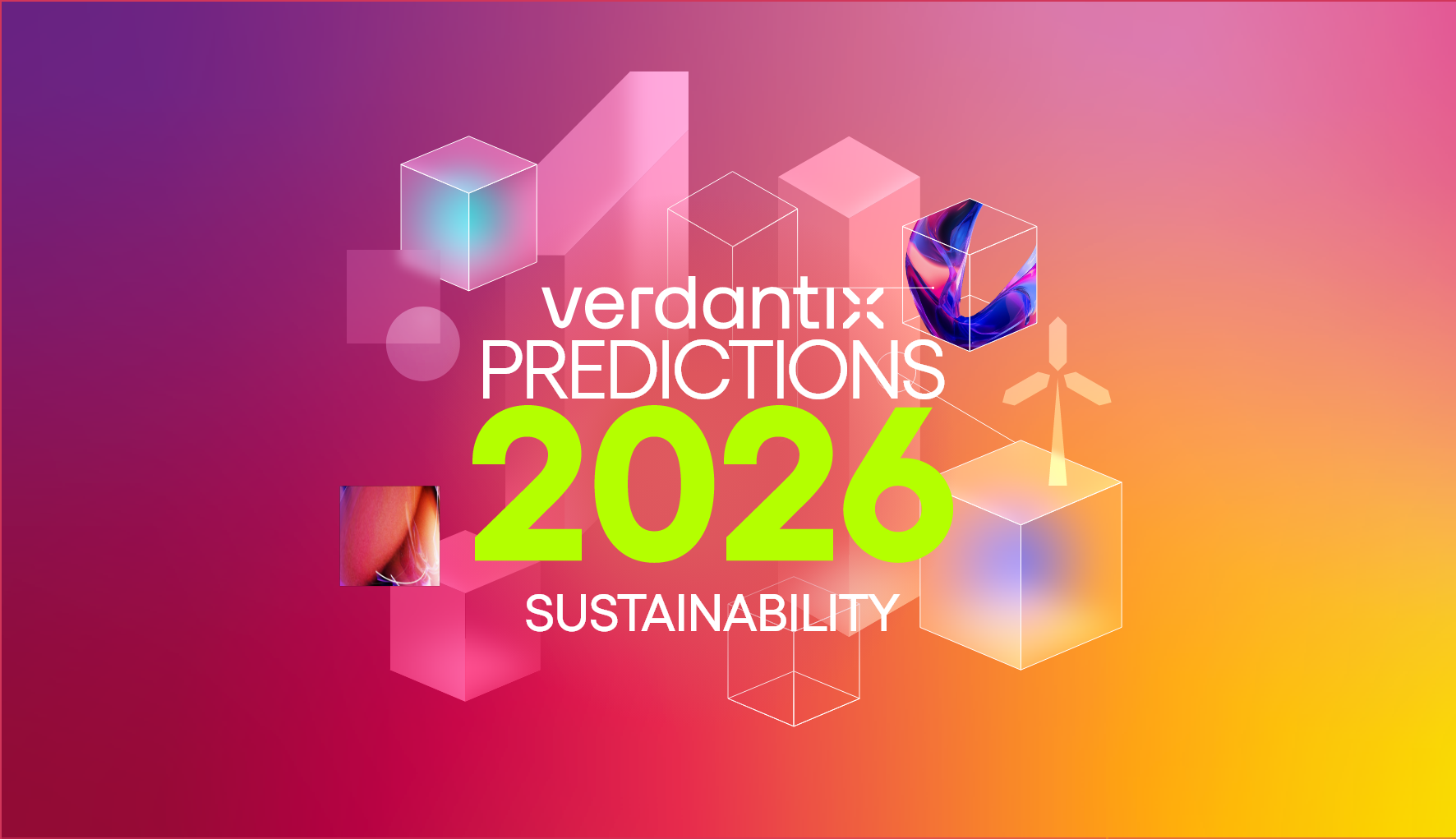Can Banking And Financial Services Shoulder The Global Sustainability Burden – And Seize The Opportunity?
The sustainability and ESG concerns that sit within the ambit of the banking and financial services sector are extensive. For instance:
- Nature and biodiversity: Nearly half of 557 investors, managing an average of $195 billion in assets across the US, UK, France, Singapore, Japan and Australia, focus on nature-related risks in their portfolios. Yet a staggering $700 billion annual funding gap persists in efforts to reverse the global biodiversity crisis.
- GHG emissions: The largest banks in G7 countries generate more GHG emissions than Germany, Italy, the UK and France combined – exceeding even the total emissions of Russia.
- Impact on UN Sustainable Development Goals (SDGs): The banking and financial services sector is implicitly integral to all 17 SDGs – and more so in the context of a $4 trillion annual investment deficit faced by developing countries as they work to achieve these goals by 2030.
These statistics underscore the indispensability of the banking and financial services sector for sustainable financial development, owing to its crucial role in organizing capital flows, managing risk, bridging funding gaps and supporting economic growth.
While integrating sustainability-related risks remains the dominant narrative in the sector, sustainability also presents massive opportunities, which only 20% of financial institutions have recognized. Shifting towards sustainability unlocks emerging markets, including ESG-linked exchange-traded and over-the-counter (OTC) derivatives; these products incorporate climate-specific components into financial instruments such as interest-rate and credit-default swaps. For instance, nearly 40% of US consumers express interest in enrolling in a climate-linked financial product, highlighting the sustainability opportunity for retail banks to differentiate in an otherwise homogeneous industry, and allowing fast movers to break free from the industry's collective commoditization.
Despite the trifecta of legal compliance, reputational risk and business value ensuring that sustainability remains top of mind in this sector, firms face multifaceted challenges in incorporating sustainability within business functioning. Unlike many other industries, financial firms have intangible supply chains, making ESG measurement, strategy design and reporting more complex. Additionally, balancing sustainability narratives within a discordant socio-political landscape remains a tightrope walk. The mass exodus of major banks and financial institutions – such as Citigroup, Goldman Sachs and Wells Fargo – from the Net-Zero Banking Alliance (NZBA) and the suspension of activities of the Net Zero Asset Managers (NZAM) initiative highlight the tensions between sustainability goals, regulatory pressures and market realities (see Verdantix Regulatory Whiplash: Banks Are Ditching Net Zero Targets For Resilience).
To explore how financial firms can align with global sustainability goals and navigate industry-specific challenges, read Verdantix Strategic Focus: ESG & Sustainability Strategies In Banking And Financial Services.
See also our more sector-focused reports:
About The Author

Priyanka Bawa
Senior Analyst





